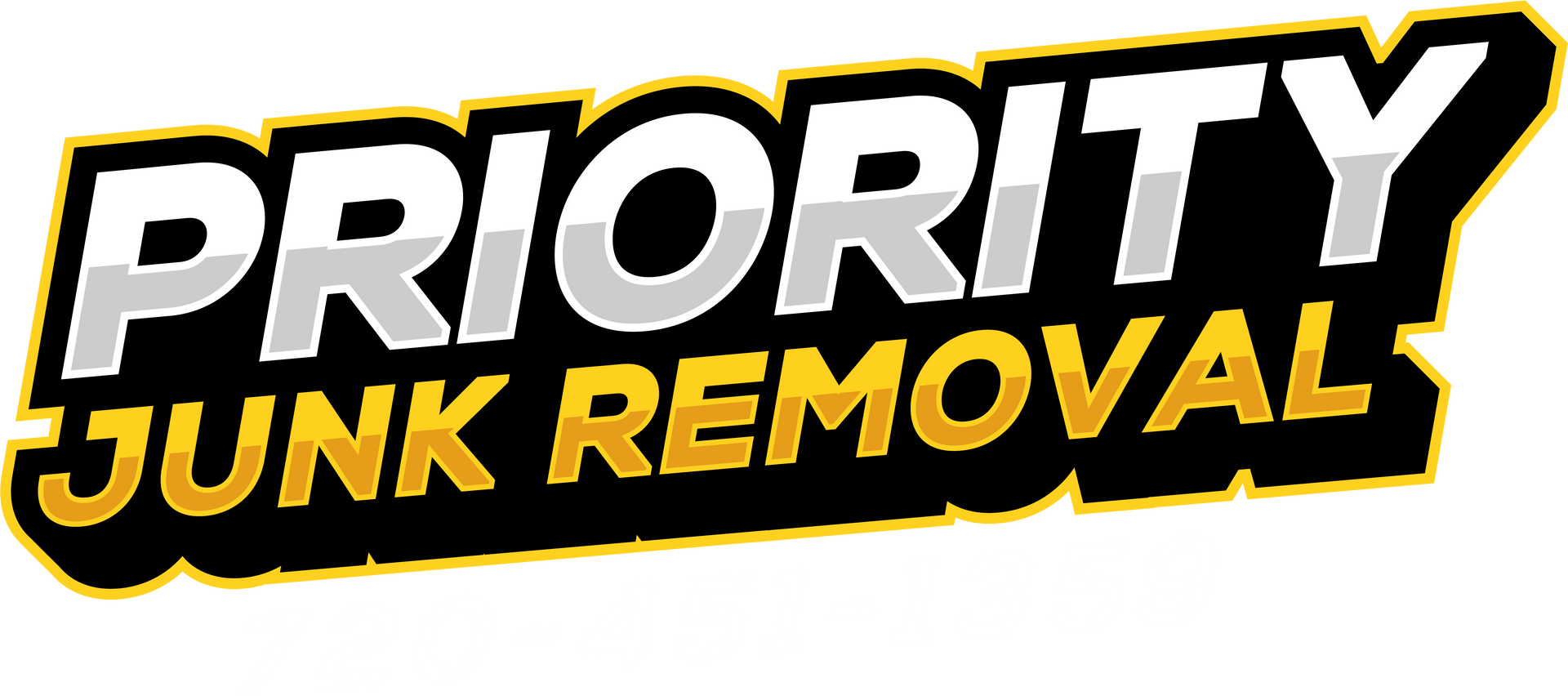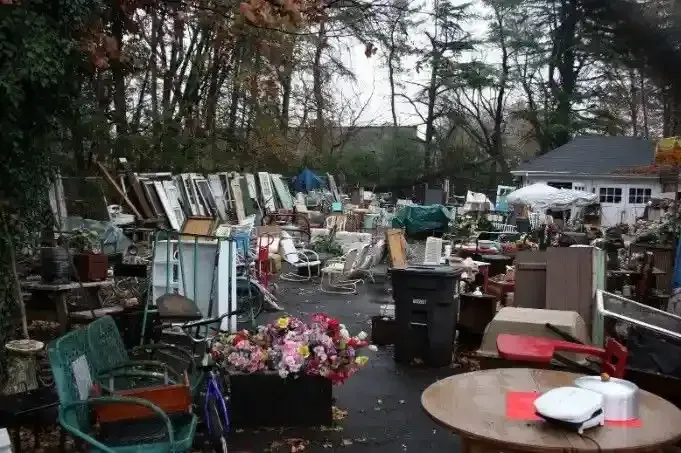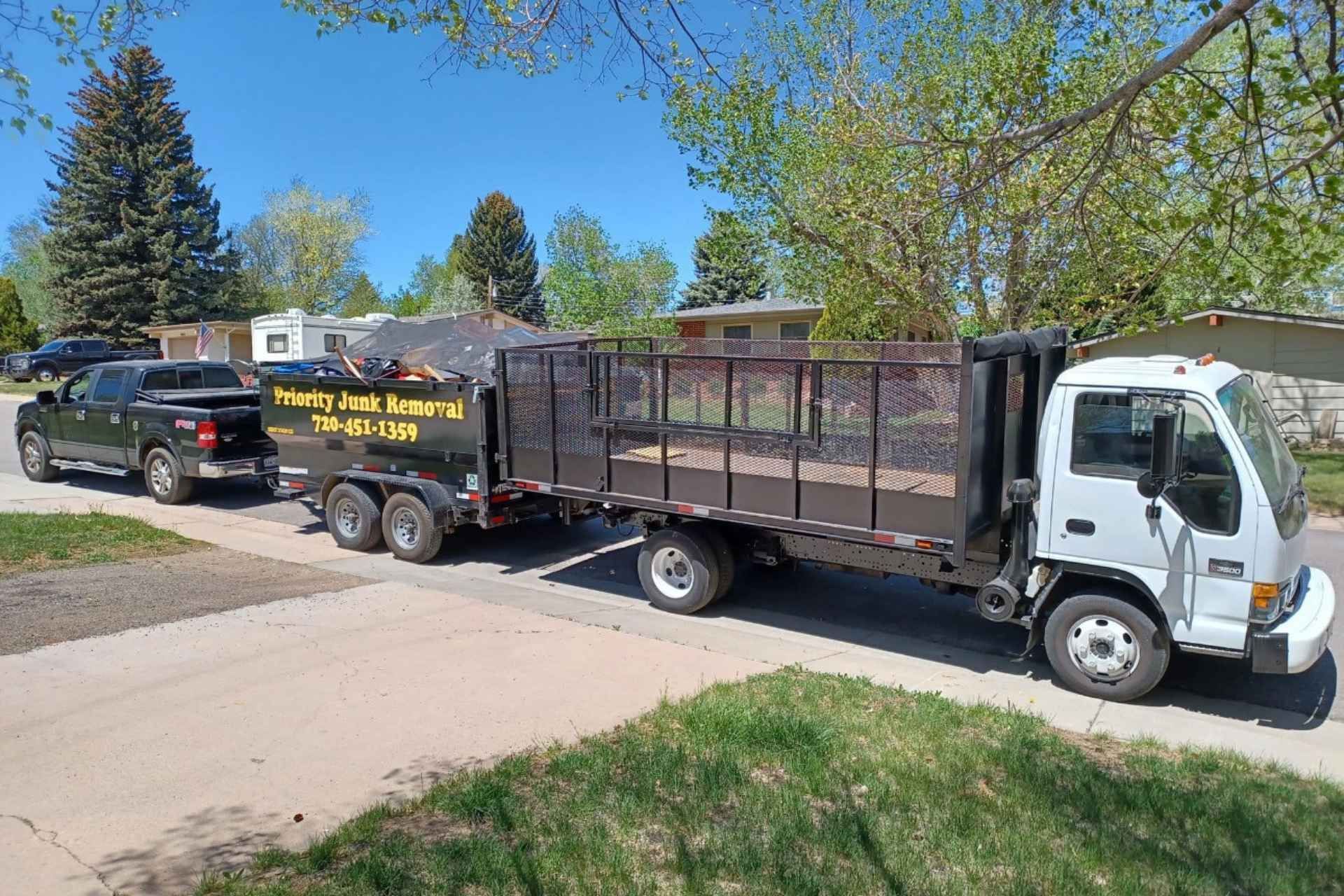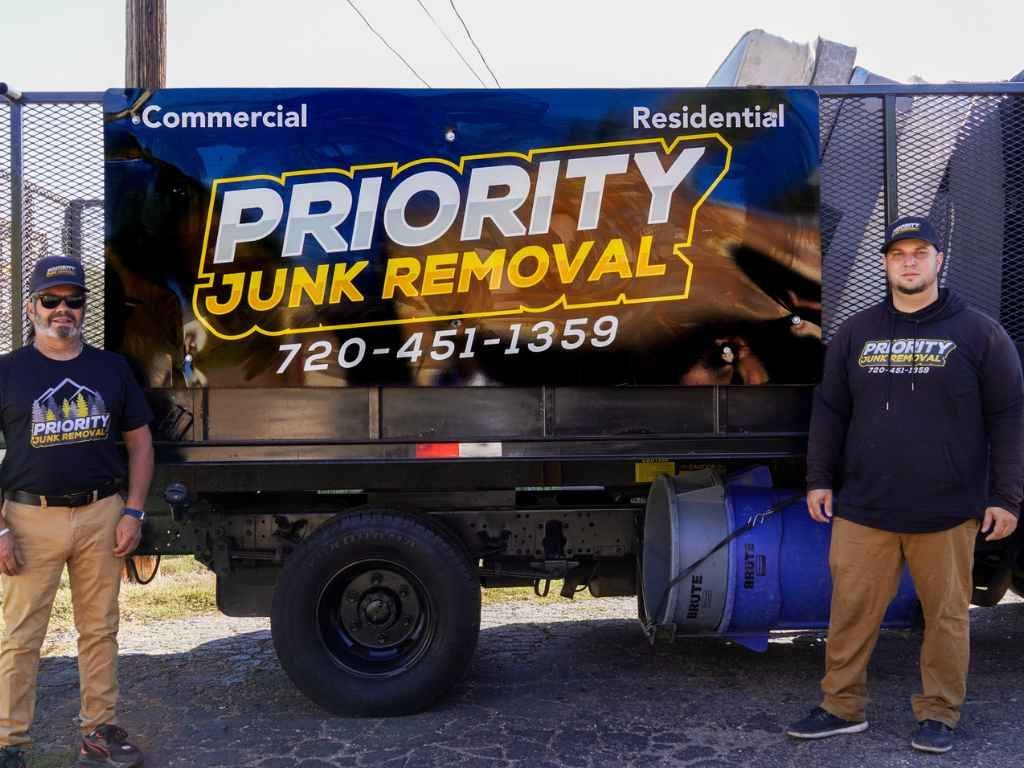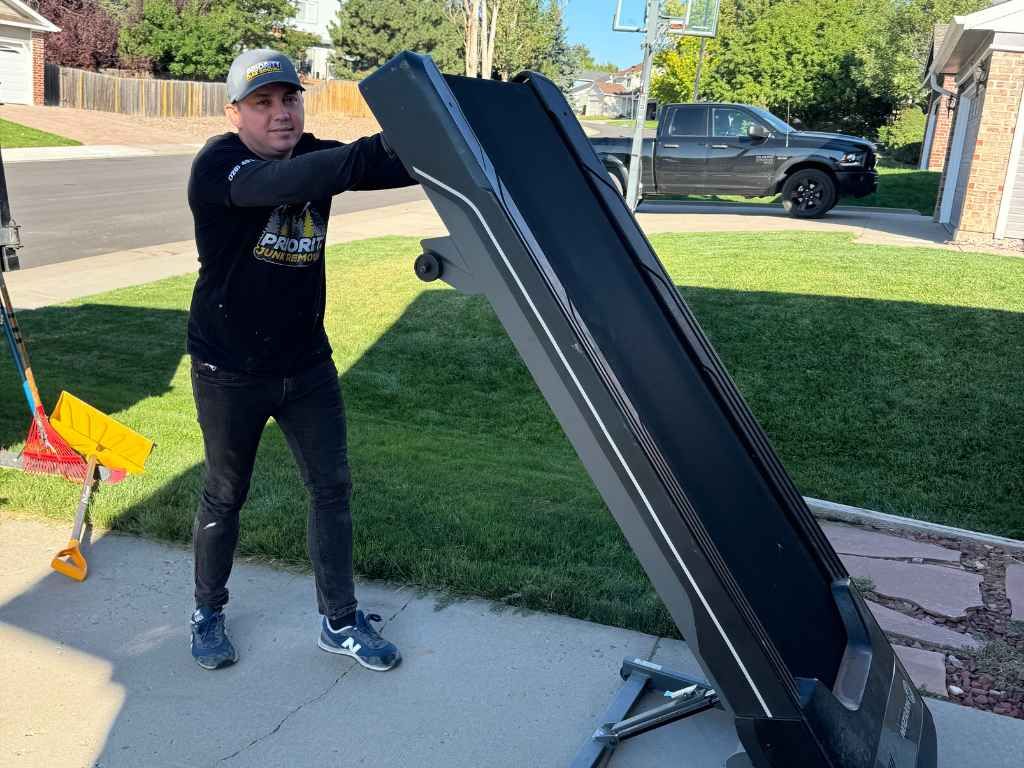How to Deal with Large-Scale Junk Removal Projects in Offices
Junk removal in an office setting is far more than just clearing out the clutter—it’s a delicate operation that can require the coordination of multiple teams, the right equipment, and a clear strategy to ensure minimal disruption. Whether you're dealing with outdated office furniture, old electronics, or large-scale renovations, handling these junk removal projects efficiently is crucial for maintaining productivity, safety, and a positive working environment. In this guide, we’ll walk through everything you need to know about managing large-scale junk removal projects in offices, from initial planning to execution.
Understanding the Scope of the Project
Before you dive headfirst into a large-scale office junk removal project, it’s crucial to fully understand the scope of the task at hand. What exactly needs to be removed? Are you dealing with leftover debris from an office renovation, or is it a one-time clean-out following a major office move? Understanding the scale and complexity of the project will help you determine the resources, time, and manpower required to complete the job efficiently. For example, removing a few office chairs and old printers is one thing, but clearing out an entire floor of broken furniture, outdated electronics, and piles of documents is a whole different challenge.
Large offices and commercial spaces often have complex junk removal needs, ranging from bulky furniture and damaged drywall to sensitive materials like old files and electronics. You might also encounter hazardous items like chemicals, batteries, and e-waste, which require special handling and disposal. By assessing the scope of the project early on, you can avoid delays, reduce costs, and ensure that every aspect of the removal process is handled correctly. A well-planned junk removal project starts with understanding the full picture—so take the time to evaluate every detail before you begin.
Assessing the Team and Resources Needed
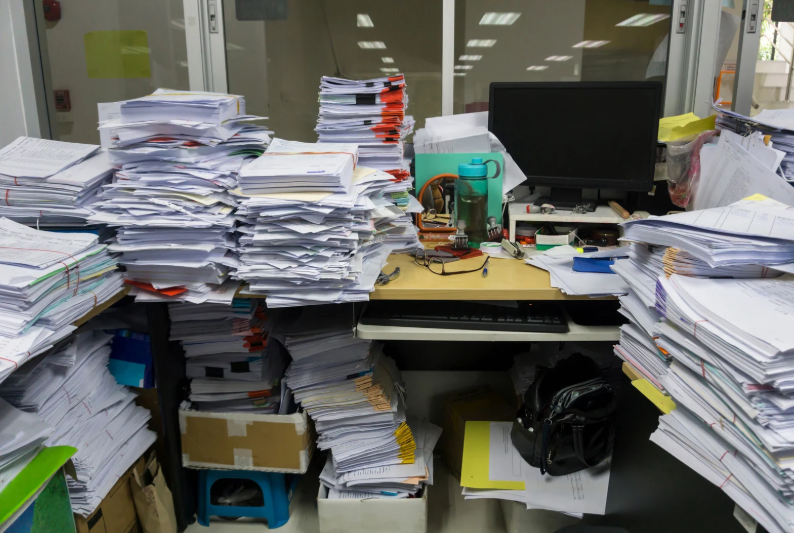
A successful junk removal project isn’t just about muscle power—it requires careful planning and the right team. Depending on the size of the office, you may need a mix of in-house staff and external junk removal professionals to get the job done. Start by assigning clear roles and responsibilities. For instance, designate someone to handle scheduling, another person to oversee sorting and disposal, and possibly a team member to coordinate with external vendors or recycling services. Clear communication and delegation will help prevent bottlenecks and confusion during the process.
Next, make sure your team is equipped with the proper tools and safety gear. For heavy items, you’ll need dollies, ramps, and lifting straps. For larger projects, trucks and hauling equipment might be necessary. Safety gear such as gloves, hard hats, steel-toed boots, and eye protection is also critical, especially when dealing with sharp objects or hazardous materials. If the project involves dismantling furniture or removing fixtures, having basic tools like drills, wrenches, and crowbars on hand will save time and effort. Preparing your team and resources in advance will help the project run smoothly and efficiently from start to finish.
Proper Planning to Minimize Disruption
Office junk removal can quickly turn into a chaotic mess if not carefully planned. To avoid disrupting your business operations, you’ll need to create a detailed removal strategy. The key is to schedule the project at a time that minimizes interference with employee productivity. For most offices, early mornings, evenings, or weekends are ideal, as fewer employees are present, which reduces the chance of disruptions and safety hazards.
Planning the physical logistics of junk removal is just as important. Map out how items will be transported from each office or department to the disposal area. Establish a clear path for moving heavy or bulky items to prevent blockages and ensure safety. Also, designate a temporary holding area where junk can be collected and sorted before final disposal. For sensitive materials, such as confidential documents or hard drives, have a secure method in place for handling and disposal. By planning every step of the process in advance, you can minimize downtime, maintain a safe work environment, and keep the project on track.
Sorting Through the Junk
Once you’ve identified the junk that needs to go, the next step is sorting through it—arguably the most tedious but essential part of the process. Not all office junk is destined for the landfill, so creating organized categories will help streamline the removal process. Start by dividing items into groups such as office furniture, electronics, paper and files, and miscellaneous items. This makes it easier to determine what can be reused, donated, recycled, or discarded.
Items like old desks, chairs, and filing cabinets might be in good enough condition to donate to a local charity or another office. Old computers and electronics can often be refurbished or sent to an e-waste recycling facility. Sensitive documents, such as employee records or financial reports, should be shredded or incinerated to protect confidential information. Hazardous materials, like chemicals, batteries, and fluorescent bulbs, need to be handled according to local disposal regulations. Careful sorting not only ensures responsible disposal but also reduces the amount of waste that ends up in landfills, contributing to a more sustainable office cleanout.
Getting Rid of the Junk: Disposal Methods and Considerations
Disposing of junk isn’t as simple as loading it onto a truck and driving to the nearest dump. Responsible disposal requires considering environmental impact and local regulations. Start with recycling whenever possible. Paper, cardboard, plastics, and metals can often be sent to local recycling centers, reducing landfill waste and supporting sustainability efforts. If your office generates large volumes of paper waste, partnering with a recycling company that offers pick-up services can simplify the process.
For electronics, e-waste disposal companies specialize in handling items like old computers, printers, and monitors. Many electronics contain hazardous materials such as lead and mercury, which can leach into the environment if not properly processed. Additionally, some materials, like hard drives, need to be wiped clean or destroyed to protect sensitive data. Hazardous waste, such as cleaning chemicals or fluorescent bulbs, must be handled in accordance with local disposal laws. Working with a professional disposal service ensures that all waste is handled responsibly and legally, reducing liability and environmental impact.
When to Hire a Professional Junk Removal Service
While small office cleanouts can often be managed internally, large-scale projects are usually best left to the professionals. Professional junk removal companies have the equipment, manpower, and expertise to handle heavy lifting and complex disposal requirements. They can efficiently remove large items like desks, filing cabinets, and partitions without damaging the property or creating safety hazards.
Many junk removal companies also offer specialized services for recycling and e-waste disposal, ensuring that your office junk is handled in an environmentally responsible manner. Hiring a professional team can also help you meet tight deadlines, as most companies offer flexible scheduling and even same-day services. When selecting a junk removal service, look for companies with experience in handling commercial projects and ask about their disposal and recycling practices. This ensures that your office cleanout is not only efficient but also eco-friendly and compliant with local regulations.
Safety Measures During Junk Removal
Safety should be a top priority throughout the junk removal process. Handling heavy furniture, dismantling equipment, and managing hazardous materials can pose significant risks if not done correctly. Start by training your team on proper lifting techniques and safety protocols. Protective gear, such as gloves, steel-toed boots, hard hats, and eye protection, should be worn at all times.
Establish a clear chain of communication so that team members can report hazards or accidents immediately. Mark off restricted areas where heavy items are being moved to keep other employees safe. For hazardous materials, follow proper handling and disposal guidelines to prevent exposure to toxic substances. If you’re working with an external junk removal company, ensure that they have liability insurance and safety certifications. Taking proactive safety measures reduces the risk of injury and keeps the project running smoothly.
The Impact of Office Junk Removal on the Work Environment
A clutter-free office isn’t just about aesthetics—it has a direct impact on employee productivity and morale. Studies have shown that disorganized workspaces increase stress and reduce focus, while clean and organized offices create a sense of order and calm. Removing unnecessary furniture, old equipment, and general clutter allows employees to move freely and access workspaces more efficiently.
A well-organized office also reflects positively on your company’s image. Clients and visitors are more likely to be impressed by a clean, modern office than a cluttered, outdated one. In addition, removing old or broken equipment creates space for upgrades and modernized layouts, helping your office stay competitive. Investing in office junk removal is not just about getting rid of trash—it’s about creating a more professional, productive, and welcoming work environment.
Conclusion
Dealing with large-scale junk removal projects in offices requires careful planning, organization, and the right resources. By understanding the scope of the project, working with the right team, and implementing the proper safety measures, you can ensure a smooth and efficient process. Whether you choose to tackle the task in-house or hire a professional junk removal service, it’s important to prioritize responsible disposal and recycling practices to minimize environmental impact.
If you’re ready to take on a junk removal project in your office, consider reaching out to a professional service for assistance. Priority Junk Removal is based in Littleton, Colorado, and is here to help you with your large-scale junk removal needs. You can contact them at 720-451-1359 or via email at priorityjunkremoval@gmail.com.
